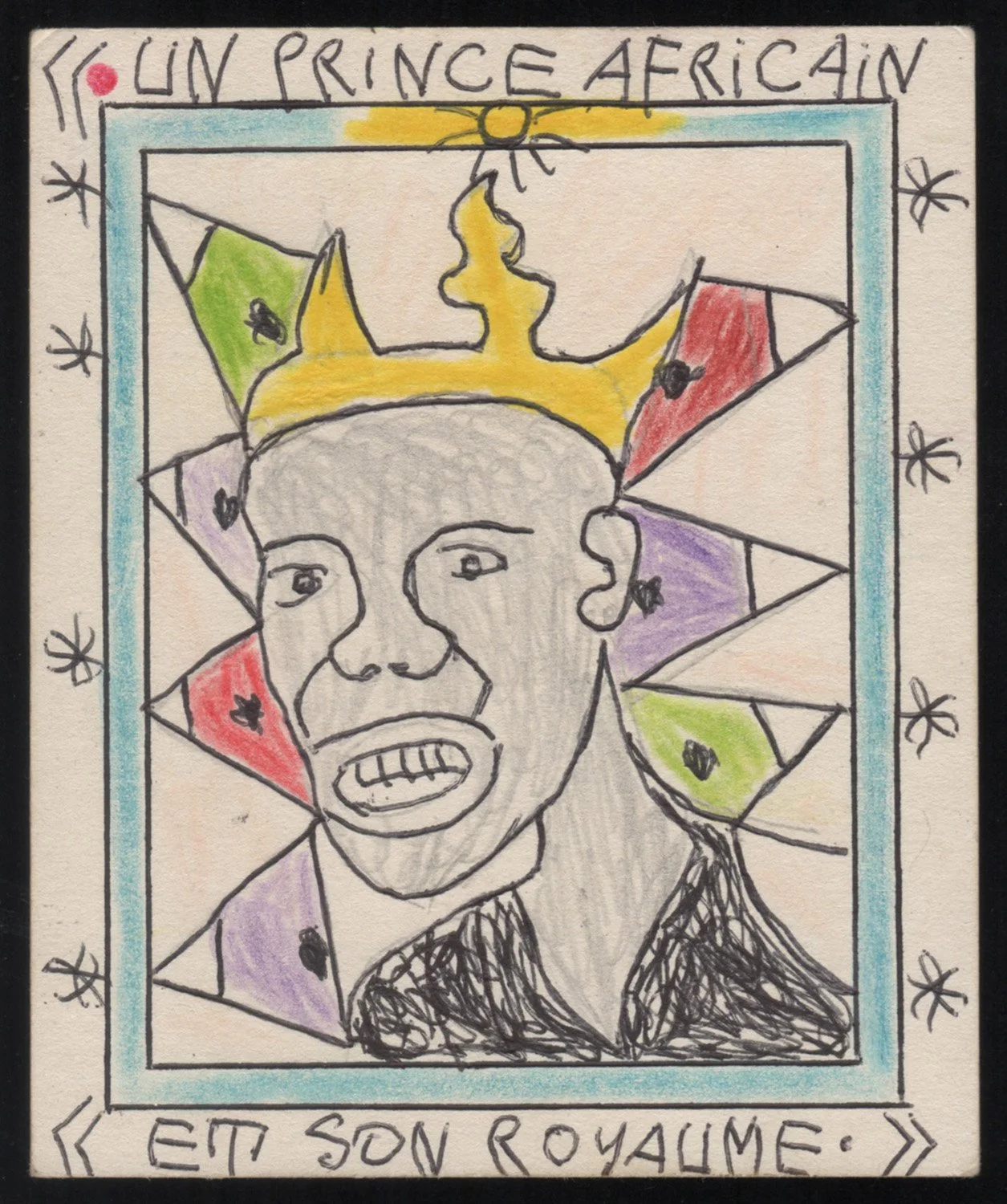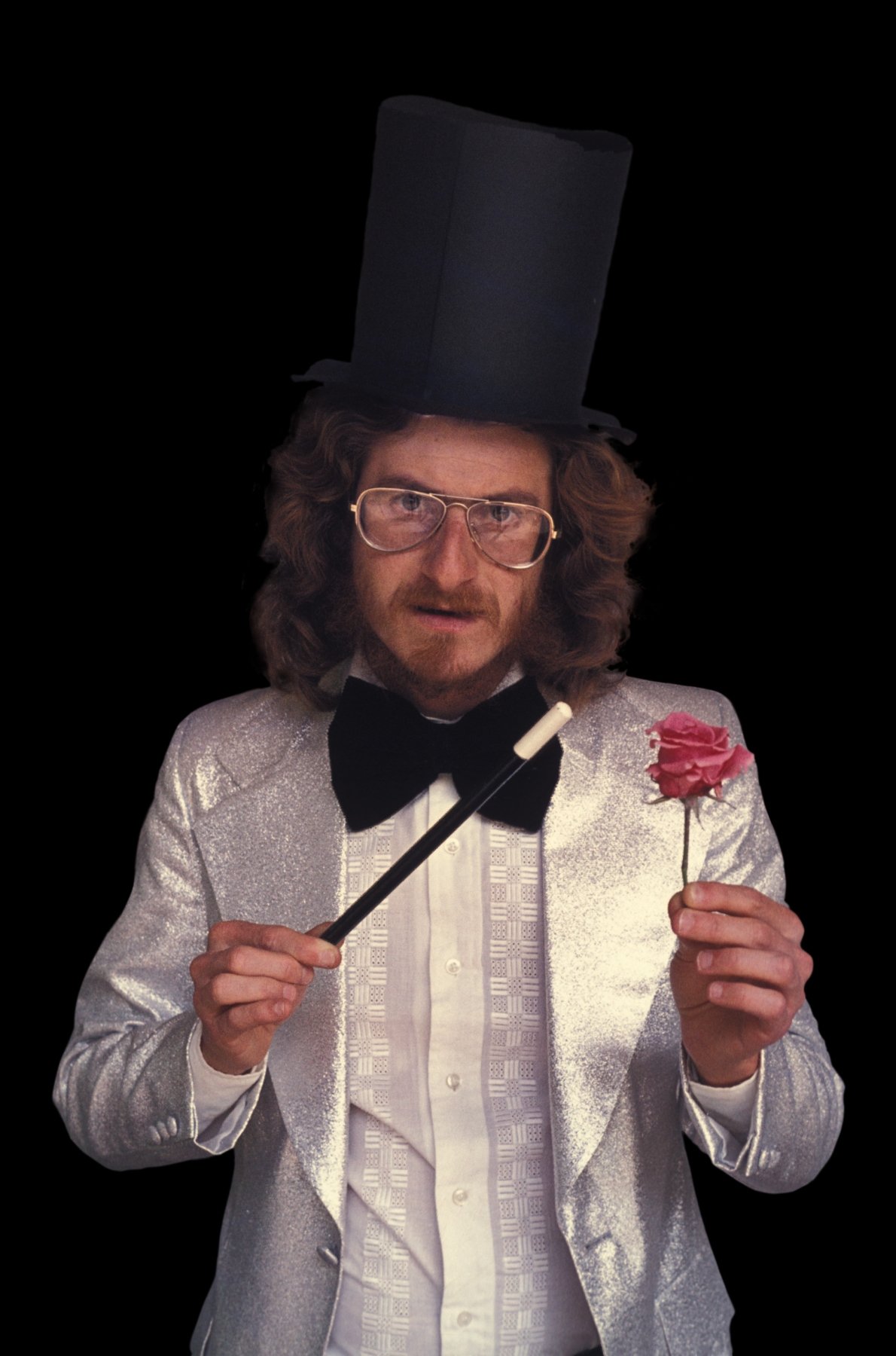Ernesto Neto
“Between Earth and Sky”
New York, 521 West 21st Street
Since the 1990s Ernesto Neto has created a distinct body of work— an ongoing formal inquiry into space, volume, balance, and gravity that is equally informed by sensuality, energy, and spirituality. Drawing on biomorphism, Arte Povera and Minimalist sculpture, along with Neo-concretism and other Brazilian vanguard movements of the 1960s and 1970s, Ernesto Neto’s work incorporates organic shapes and materials that engage all five senses. He is inspired by a wide range of sources– from Brazilian avant-garde artists such as Hélio Oiticica and Lygia Clark, through the Modernist abstraction of Alexander Calder and Constantin Brancusi, to the natural world, shamanism and craft culture.
TreeTempleHomeEarth in the downstairs gallery is the culmination of Ernesto Neto’s ongoing exploration of the relationship between humans and the environment as inseparable entities. The cotton crochet carpet is made with spiral formations that represent the earth and the ocean, and the top of the sculpture represents the sky and leaves falling from a tree, highlighting the cycle of nature. Viewers are able to take off their shoes, lie down on the carpet and gaze up to experience a moment of meditation and contemplate their connection with the natural world. In Steps and Leaves, over 520 knotted cotton formations are attached directly to the surrounding walls in the main gallery, representing human steps moving through the earth. Combining his signature biomorphic shapes, and using weight and gravity to dictate form, Neto creates an alluring environment of color, texture, and smell that collapses the distance between viewer and artwork, and human and nature.
On the second floor, Ernesto Neto has created a sculptural garden beneath the skylight that is comprised of spices, mulch, pebbles, soil, and plants. Neto will invite the public to plant the garden in a special presentation, where visitors can connect with the natural environment and one another. Surrounded by an outline of bricks and crochet forms, Neto has created a sanctuary in which the plants can thrive. In the project room, new drawings and smaller sculptures are on display. Neto fills handknit crochet puffs with an array of spices and lays them on the ground so that the spices seep through and create patterns that resemble sun rays on the floor. In the drawings, Neto takes a crochet sculpture filled with spices and throws it onto the paper to create the shape of the sun. By producing a trace of this action, Neto challenges the static nature of sculpture and draws a connection between the human body and his work.
Among the most influential artists of his generation, Ernesto Neto has become known for his immersive environments of vibrant color, fragrance and sound, and for his use of natural materials. While investigating the properties of the natural world, Neto's work also functions as models of the social environment, creating new architectural settings that investigate scale and radically redefine the boundaries between the artwork and the viewer.






